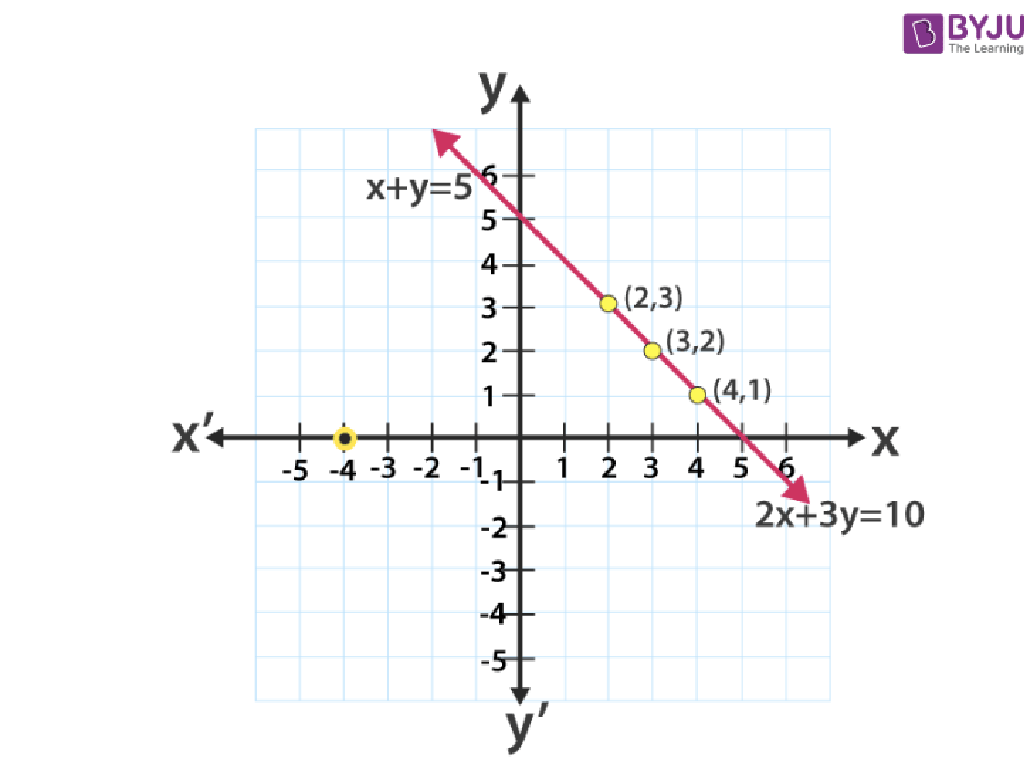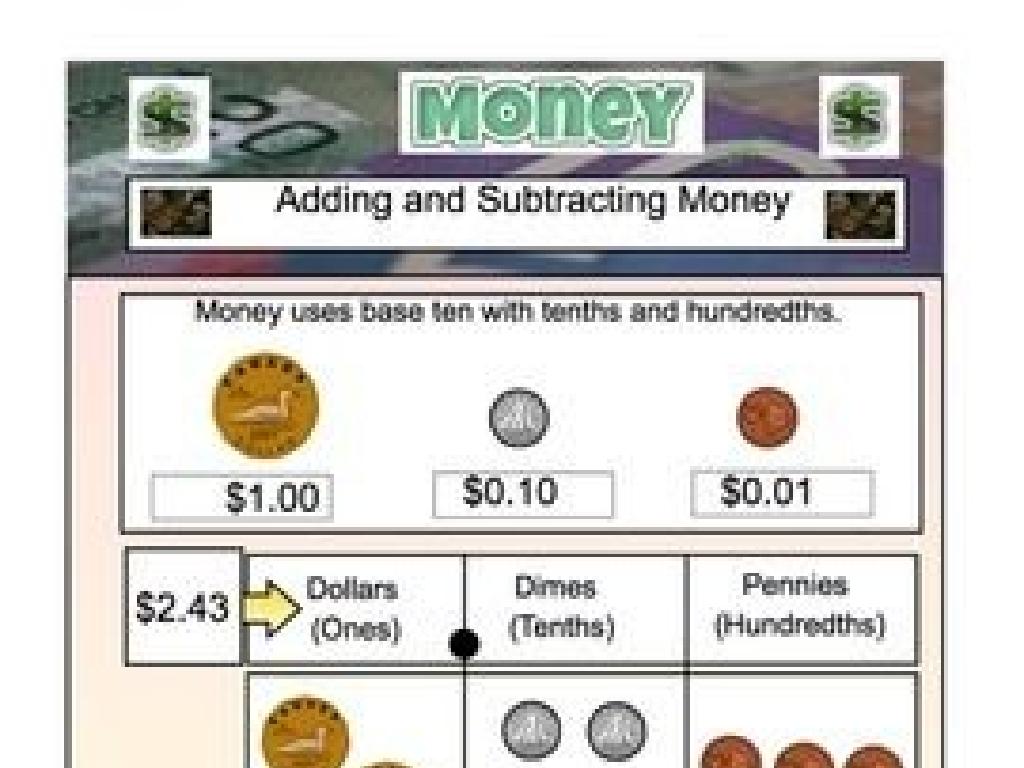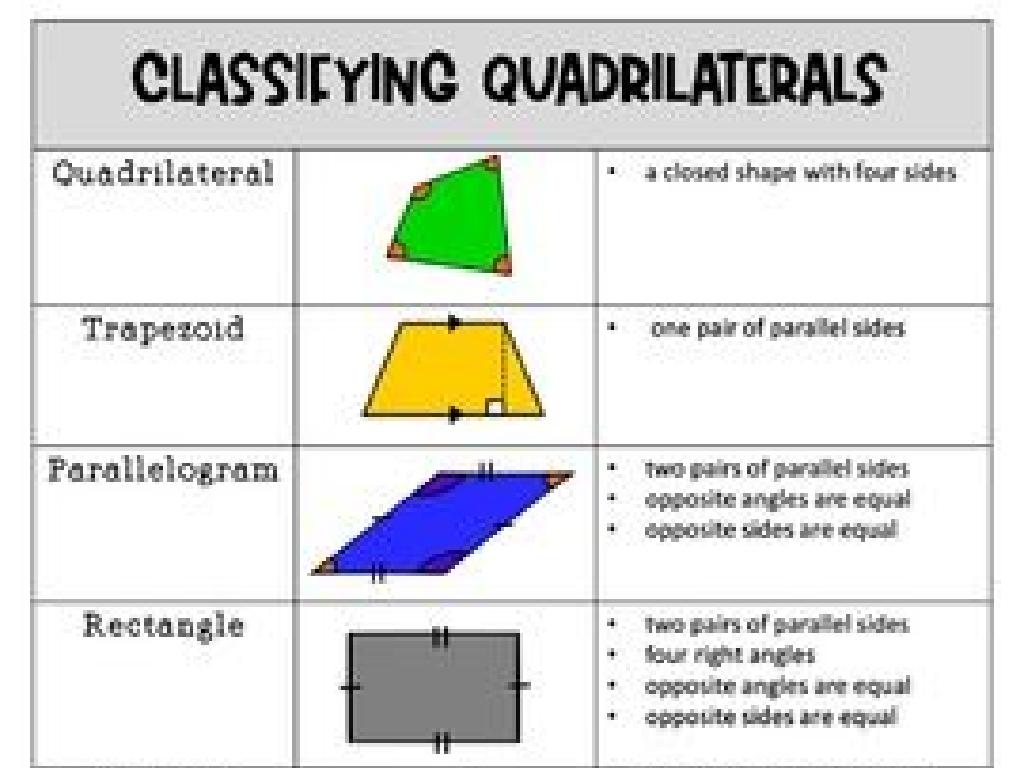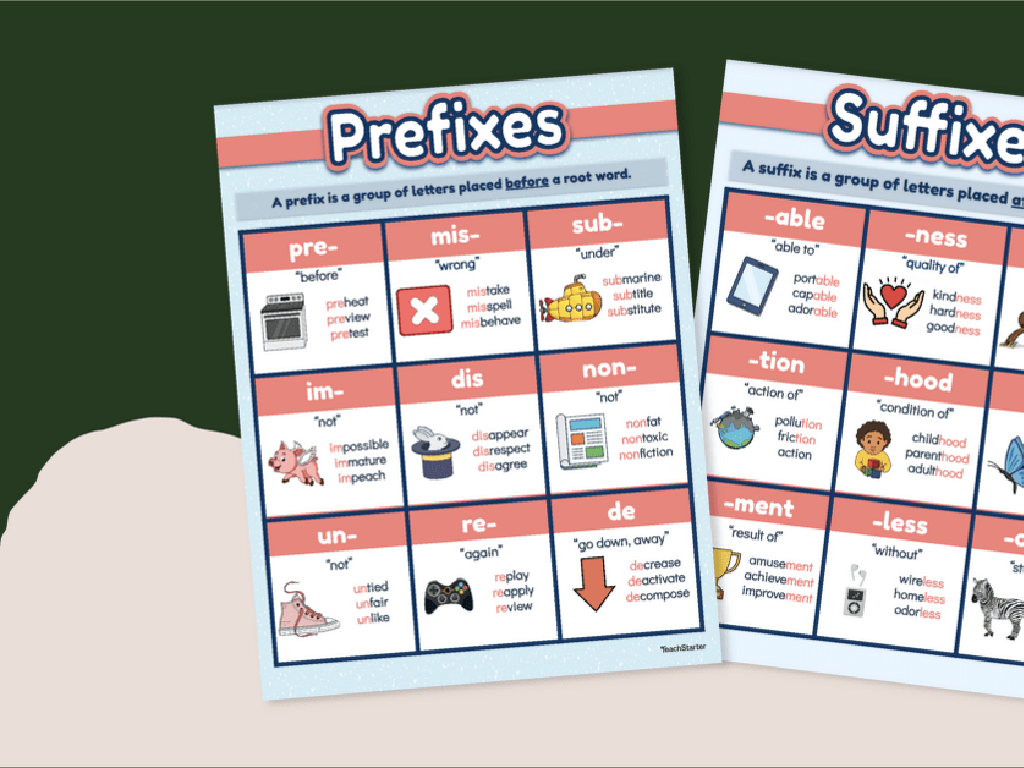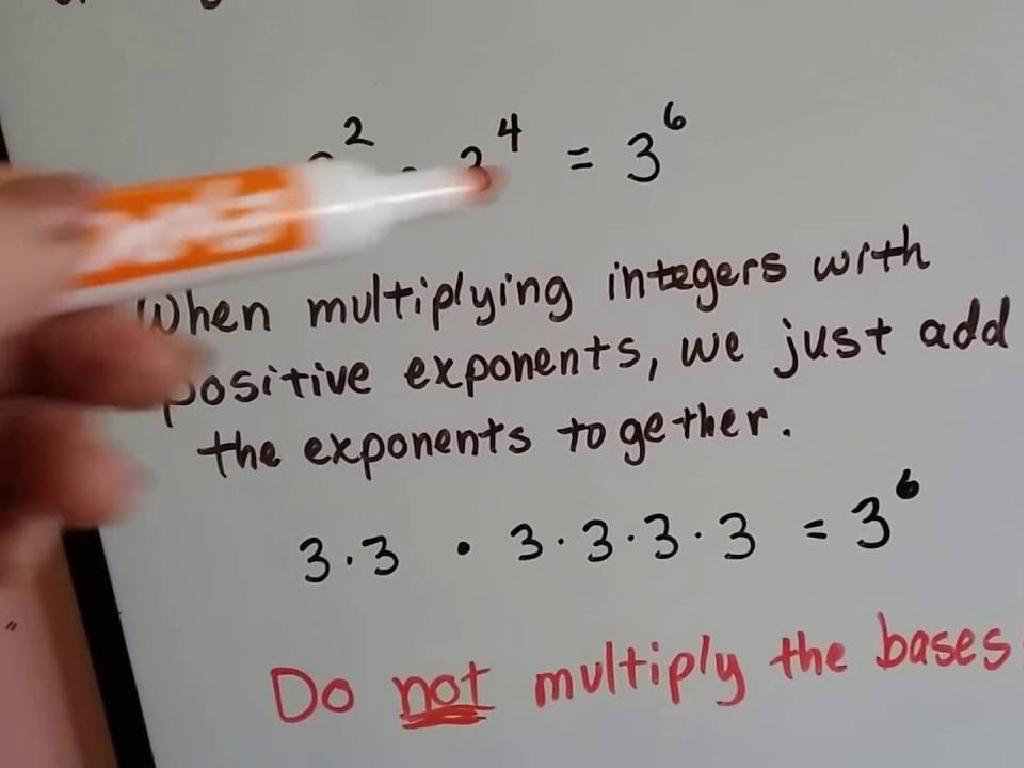Put Together Numbers Using Cubes - Sums Up To 5
Subject: Math
Grade: Kindergarten
Topic: Understand Addition Up To 5
Summary: Introduce Kindergarteners to basic addition with this engaging, hands-on lesson using colorful cubes to explore sums up to 5. Through visual counting, group activities, and interactive games, students learn how to combine numbers by physically adding cubes together. The lesson strengthens early math skills and reinforces number sense using real-world objects like toys and snacks. Fun challenges and class sharing encourage collaboration and multiple ways to make the number 5, building a strong foundation for future math learning.
Please LOG IN to download the presentation. Access is available to registered users only.
View More Content
Welcome to Addition!
– Learning to put numbers together
– Using cubes for addition
– Cubes help us see addition visually
– Addition combines groups
– Like combining two piles of toys
– Finding the total number
– We count all cubes to see how many
|
This slide introduces the concept of addition to Kindergarten students by using a tangible method—cubes. Start by explaining that addition is a way of finding out how many items we have when we put two or more groups together. Demonstrate with cubes, showing that when we combine them, we’re doing addition. For example, show 2 cubes and then add 3 more, asking the students to count the total number of cubes. This visual and hands-on approach makes the abstract concept of addition more concrete for young learners. Encourage the students to use their cubes to try adding different numbers together up to 5 and share their results with the class.
Learning to Add with Cubes
– Cubes as counting blocks
– Small, colorful blocks to hold and count
– Visualizing numbers with cubes
– See and touch to learn numbers
– Each cube equals one
– One cube is the same as the number 1
– Adding cubes together
– Combine cubes to find sums up to 5
|
This slide introduces cubes as a tactile learning tool for understanding addition in a concrete way. Explain that cubes are small, colorful blocks that can be used to represent numbers, making math visual and interactive. Emphasize that each cube stands for the number one, and by putting cubes together, we can see how numbers add up. For example, 2 cubes plus 3 cubes show us the number 5. Encourage students to physically manipulate the cubes to explore different combinations that add up to 5, reinforcing the concept of addition through hands-on experience.
Adding with Cubes: Making New Groups
– Adding means putting together
– Cubes join to form a new group
– If we have 2 blue cubes and 3 red cubes, we put them all together.
– Count cubes for the total sum
– After joining cubes, we count them all: 1, 2, 3, 4, 5.
– The sum is our addition answer
– When we add 2 and 3, our sum is 5.
|
This slide introduces the concept of addition as combining groups of objects, using cubes as a visual and tactile aid. Kindergarteners will learn that adding is simply the process of putting things together to find out how many there are in total. Emphasize that the sum is the final count of all items combined. During the activity, provide students with a variety of colored cubes and guide them to physically combine groups and count the total. Encourage them to articulate the process, saying ‘2 plus 3 makes 5’ to reinforce the concept. Prepare to demonstrate several examples with different numbers of cubes that add up to 5.
Let’s Practice Adding with Cubes!
– Start with 1 cube
– Add another 1 cube
– Count the cubes together
– Counting together helps us learn addition
– Understand 1 cube + 1 cube = 2 cubes
– Adding cubes shows us how numbers combine
|
This slide is designed to introduce the concept of addition to Kindergarten students using a hands-on approach with cubes. Start by showing them one cube and then adding another one. Encourage the students to count aloud together to reinforce the concept of adding one more. Explain that when we add one cube to another cube, we have two cubes in total. This visual and interactive method helps young learners grasp the basic idea of addition. For the activity, provide each student with cubes to practice adding together. Offer different combinations that add up to 2, and then gradually increase to sums up to 5. This will build a strong foundation for understanding addition up to 5.
Adding Up to 5 with Cubes
– Add numbers using cubes
– Total sum up to 5
– Example: 2 cubes + 1 cube
– 2 blue cubes and 1 red cube make 3
– Example: 4 cubes + 1 cube
– 4 green cubes and 1 yellow cube make 5
|
This slide introduces the concept of addition using physical objects, such as cubes, to help Kindergarten students visualize the process of adding numbers up to 5. Start by explaining that cubes can represent numbers and that combining them is like adding. Show the students real cubes or pictures of cubes as you demonstrate each example. For the activity, provide students with a set of cubes and ask them to find different combinations that add up to 5. Encourage them to use different colored cubes to represent different numbers and to see the sum as a group of cubes. This hands-on activity will help solidify their understanding of basic addition.
Your Turn to Add with Cubes!
– Try adding with cubes
– Sums up to 5 only
– Partner up for cube addition
– Work together to add cubes
– Discover different sums
– How many ways to make 5?
|
This slide is designed to engage Kindergarten students in a hands-on activity to understand addition up to 5. Provide each pair of students with a set of cubes. Encourage them to explore different combinations that add up to 5, such as 2 cubes plus 3 cubes. Monitor their progress, offering help as needed. Possible activities include: 1) Finding all the different ways to make 5 with the cubes, 2) One student creates a sum for the other to solve, 3) Building a ‘cube tower’ with a total of 5 cubes, 4) Matching cube sums with written numbers, 5) A ‘cube race’ to see who can find a sum of 5 the fastest. This activity will help solidify their understanding of addition within 5 in a fun, interactive way.
Class Activity: Cube Addition Fun!
– Break into small groups
– Each group gets a cube set
– Find ways to make sums of 5
– Use the cubes to add: 1+4, 2+3, etc.
– Share your findings with the class
– Tell us how you made 5 with your cubes!
|
This activity is designed to help Kindergarten students understand the concept of addition by physically manipulating objects. By working in small groups, students can collaborate and explore different combinations that add up to 5. Provide each group with a set of cubes and encourage them to find all the possible ways to make the sum of 5. This could be 1 cube plus 4 cubes, 2 cubes plus 3 cubes, and so on. After the activity, ask the groups to share their findings with the class to reinforce their understanding. For the teacher: be prepared to assist groups who may struggle and offer guidance on how to approach the problem. Have additional activities ready for fast learners, such as challenging them to find sums up to 5 with more than two addends or using subtraction.
Show and Tell: Adding with Cubes!
– Find sums using cubes
– Share your sums with the class
– Show your cube combinations
– How did you add cubes to make a sum?
– Discover all sums up to 5
– There are many ways to make 5. Can you find them all?
|
This slide is for a class activity where students will use physical cubes to explore addition up to 5. Encourage the children to find different combinations of cubes that add up to 5. After they have found some sums, each student will have the opportunity to present their findings to the class. This will help them understand that there are multiple ways to reach the same sum, and it will also allow them to practice their counting and addition skills. For the teacher: Prepare different colored cubes for the activity to make it visually stimulating. Possible activities include pairing students to find sums together, using a timer to make a game out of finding sums, or creating a chart on the board to fill in with all the possible combinations found by the students.
Great Job Learning Addition!
– Celebrate adding with cubes
– Numbers come together for sums to 5
– Practice at home with fun items
– Use toys or snacks to keep practicing
– Becoming an addition expert
|
This slide is a conclusion to reinforce the students’ confidence and celebrate their understanding of addition with cubes. It’s important to acknowledge their effort and encourage them to continue practicing at home. Suggest that they use everyday items like toys or snacks to make learning fun and relatable. This will help solidify their understanding of the concept of addition. As a teacher, you can provide examples of how to practice, such as adding 2 teddy bears plus 3 toy cars, or 1 apple plus 4 crackers. Encourage parents to participate in their child’s learning by incorporating these simple addition exercises into playtime.

